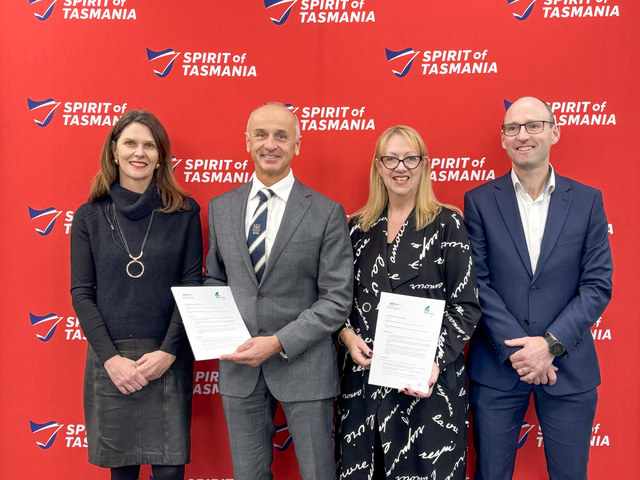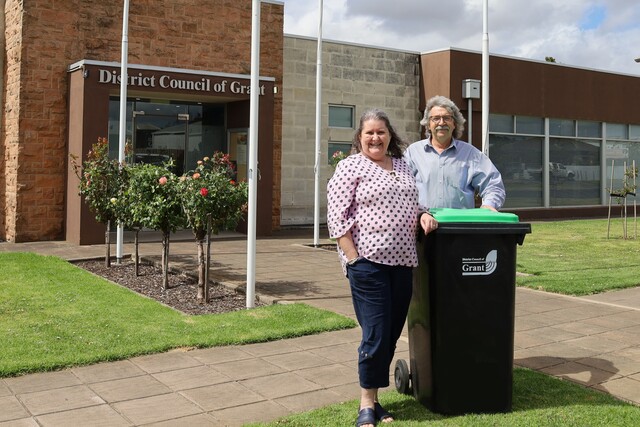In each edition we feature the views of a Local Government Association President. The following is from Alderman Kerry Moir, President of the Local Government Association of Northern Territory.
In three months time the structure of Local Government in the Northern Territory will dramatically change from 61 Councils to 16 Councils, comprising five Municipal Councils and 11 Shire Councils. A new Local Government Act will commence and there will be new prescriptions and accountabilities, including the requirement for Shires to pursue ‘revenue growth’. Shire Managers and CEOs are in place and elections for the Shires will be held in October 2008.
I would have to say that the process is very hard work, not only because it involves such dramatic change but also because it has been so fluid – a direction one day is changed into something else the next.
The Department of Local Government is managing the process and has put in a monumental effort over what will be 19 months’ work.
For its part, the Local Government sector has done well to respond in such trying circumstances and particularly in those Local Government areas that have also had to experience change brought about by the Australian Government’s emergency response effort in the Northern Territory.
The challenges are immense and probably more so given the Territory Government also decided to place constraints on the revenue raising powers of the new Shires by introducing ratecapping and conditional rating.
Ratecapping will be in place for three years, but conditional rating will stay, and only apply to pastoral properties and mining leases.
Each year, Local Governments will be required to submit their rating proposals for these properties to the Minister for Local Government, who in turn will be required to consult with the relevant Ministers for mining and rural industries. Obviously this is not something Local Government is overjoyed about, and in many respects it only serves to increase the reliance on government grants for the new Shires.
It will also be interesting to view the annual financial statements of the new Shires in the Northern Territory after the 2008/09 financial year, to see how they have fared in terms of their ratings scores for financial sustainability. No doubt the findings will prove useful in putting evidence to the NT Government about the level of financial support it will need to provide as a consequence of its own decision making.
The Association is keen to pursue a meaningful partnership agreement with the Territory Government and its target is 2009, after the newly elected members for the new Shires have had time to settle in. It should be a lively exercise, and the sector will be pushing for something more than symbolic in its intent.







